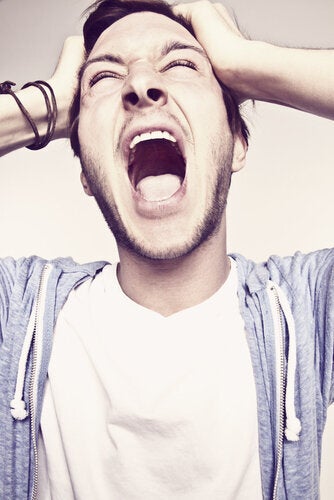That dreaded note comes home from school. Your child has head lice. Most schools often also notify parents if, during routine lice checks, a classmate has lice or nits. At least in the former situation, you know what you're dealing with and can begin the purge. In the latter it's almost worse, as you are left constantly checking and double-checking your child's hair.
You encourage kids to brush their teeth to prevent cavities, right? The same proactive approach should go for lice, says Dawn Mucci, founder of Lice Squad Canada Inc., a leading Canadian lice removal, education and prevention company. "My philosophy is 'take a peek once a week. Check ahead, avoid the spread.' Make it part of your regular hygiene practice to take five minutes and check through your children's heads, because if you catch lice early, it's easy to get rid of."
How do I know if my child has lice?
First, you have to know what to look for.
- You'll either see the incessant itching from your child, or you'll get a notice from the school or daycare that your child was checked and lice was found. If you are uncertain, confirm the identification from a doctor or a free diagnosis kit through licesquad.com.
- Check places where lice like to congregate, such as hot spots around the ears, nape and crown of the head.
- Lice are sesame seed-shaped, about 1-4 mm in size; they are grey, red, dark brown or black in colour but not white.
- Lice do not fly or hop. They crawl.
- Lice eggs (nits) are tiny clear sacs when empty and brown when they are unhatched, or viable. They cling to the base of the hair shaft and cannot be flicked off.
BLOG CONTINUES AFTER SLIDESHOW
How do I get rid of them?
Whether you use natural or pesticide-based lice shampoo, olive or coconut oil, the key to getting rid of lice is in the physical removal of the lice and nits. Follow this step-by-step guide:
- Hair does not need to be just washed, but should be damp with some conditioner in it to soften for easier combing. If using a lice shampoo, follow package instructions.
- Place a light-coloured towel around your child's shoulders. Work in good light, daylight is ideal.
- Start on one side of the head and systematically comb through small sections using a lice comb, available at drugstores (sometimes sold with lice shampoo). The long-tined combs work best.
- After each comb-through, examine the comb and wipe it on a piece of paper towel or tissue. If the comb is clean, go to the next chunk of hair.
- You do not need to sanitize your entire home. Wash hats, bedding and other cushions or pillows where your child routinely lays down. Follow-up within a two-week period for both retreating and re-combing.
Contrary to popular belief...
- Cleanliness and hygiene, race or cultural background and economic status are not linked to having head lice.
- Children between two- and 18-years-old with thick, clean hair are most commonly affected by head lice.
- Head lice are transmitted by direct head-to-head contact or by sharing items like hats, pillows, helmets. They do not spread disease. Body lice spread disease.
Watch a video of Dawn Mucci showing proper technique in scanning for head lice.
